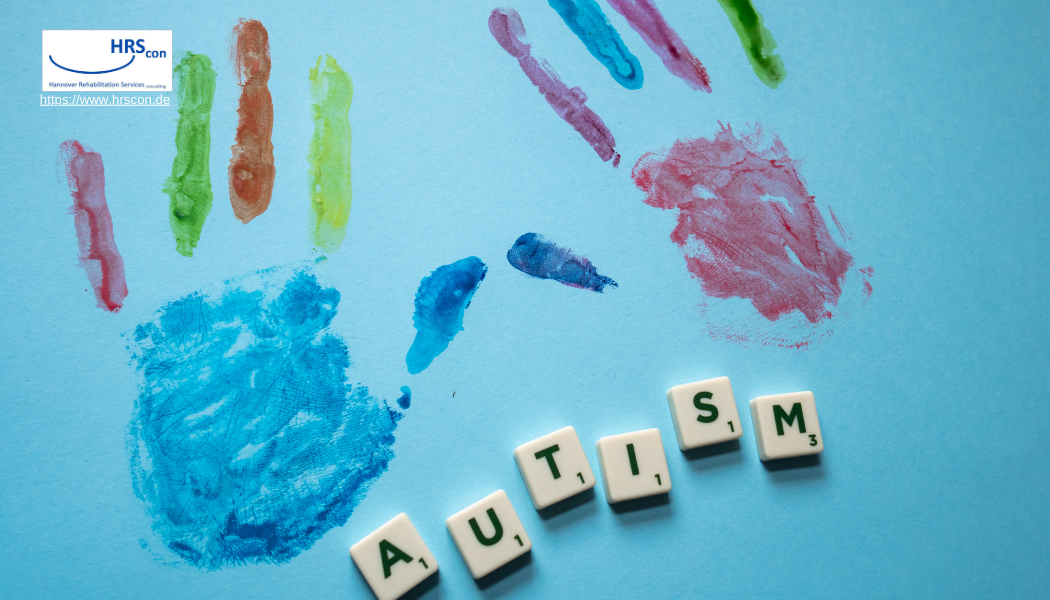Autism Spectrum Disorder (ASD) affects millions worldwide, touching individuals and families in profound ways. A recent groundbreaking study, part of the Global Burden of Disease (GBD) 2021 initiative, sheds light on the global prevalence of autism, the challenges autistic individuals face, and the steps needed to create a more inclusive future.
The findings are eye-opening: ASD affects one in every 127 people globally, highlighting the urgent need for early diagnosis, support systems, and greater awareness. This article explores the key takeaways from the study, breaking down complex data into practical insights.
What is Autism Spectrum Disorder (ASD)?
ASD is a developmental condition characterized by difficulties in social communication, sensory processing challenges, repetitive behaviors, and sometimes intellectual disability. It varies greatly in severity and affects individuals differently, making personalized support crucial.
People with ASD often face barriers to education, employment, and social interaction. While early intervention can significantly improve outcomes, many still lack access to timely support.
The Numbers: Global Prevalence of Autism
The GBD 2021 study offers the most accurate estimates yet of autism prevalence and its health burden. Here’s what the data reveals:
- Global Prevalence: Approximately 61.8 million people worldwide were on the autism spectrum in 2021. That’s 1 in 127 people.
- Gender Disparity: Autism is more common in males, with a prevalence of 1064.7 per 100,000 males compared to 508.1 per 100,000 females.
- Regional Variations: Prevalence rates vary significantly by region, with the highest rates in high-income Asia-Pacific countries like Japan and the lowest in regions like tropical Latin America and parts of sub-Saharan Africa.
Table 1: Global Prevalence of Autism (2021)
| Region | Prevalence per 100,000 People | Prevalence in Males | Prevalence in Females |
|---|---|---|---|
| High-Income Asia-Pacific | 1559.5 | 2161.1 | 938.8 |
| High-Income North America | 1097.2 | 1486.9 | 707.3 |
| Southeast Asia & Oceania | 669.2 | 950.5 | 373.6 |
| Global Average | 788.3 | 1064.7 | 508.1 |
Understanding Autism’s Health Burden
Beyond prevalence, the study examines the health impact of autism using a metric called Disability-Adjusted Life Years (DALYs). DALYs represent the number of years lost due to disability or premature death.
- Non-Fatal Health Burden: Autism ranks as one of the top 10 causes of non-fatal health burdens for people under 20.
- Lifespan Impact: The burden is highest in children and adolescents, emphasizing the importance of early detection and intervention.
- Geographical Differences: High-income regions like North America report higher DALYs, possibly due to better diagnostic practices.
Table 2: Autism DALYs by Region (2021)
| Region | DALYs per 100,000 People | Key Insights |
|---|---|---|
| High-Income Asia-Pacific | 293.9 | Highest DALYs globally, reflecting high prevalence. |
| Sub-Saharan Africa | 126.5 | Lower reported rates due to limited diagnostics. |
| Global Average | 147.6 | Highlights consistent burden across all regions. |
Challenges in Diagnosis and Data Collection
The study highlights significant challenges in diagnosing autism, especially in low- and middle-income countries. Many estimates rely on outdated methods, leading to underreporting. Cultural differences, lack of awareness, and limited access to healthcare further complicate accurate prevalence measurement.
Key improvements in the GBD 2021 study included:
- Removing Passive Data: Studies relying solely on administrative records were excluded, as these often underestimate prevalence.
- Enhanced Disability Weights: Updated methods provide a clearer picture of autism’s impact on quality of life.
Why Early Intervention Matters
Autism’s effects on individuals vary widely, but early diagnosis and tailored interventions can make a significant difference. Research shows that children who receive support early in life are more likely to develop essential communication and social skills.
Programs that have proven effective include:
- Behavioral Interventions: Techniques like Applied Behavior Analysis (ABA) can help improve specific skills.
- Parental Training: Equipping families with tools to support their children.
- Education Support: Individualized learning plans tailored to autistic children’s needs.
Looking Ahead: Recommendations for Policy and Practice
To address the growing prevalence of autism, the study suggests several key actions:
- Increase Awareness: Public campaigns to reduce stigma and improve understanding of autism.
- Enhance Diagnostic Tools: Ensuring culturally sensitive and accurate diagnostic practices worldwide.
- Expand Services: Providing lifelong support for autistic individuals, including vocational training for adults.
- Invest in Research: More studies are needed to understand autism in underrepresented populations, particularly adults and those in low-income regions.
Conclusion: A Call to Action
Autism affects millions, yet many individuals remain undiagnosed or unsupported. The GBD 2021 study underscores the importance of viewing autism not as a disability to overcome but as a spectrum of diverse experiences.
By improving awareness, investing in early intervention, and creating inclusive policies, we can ensure that autistic individuals receive the support they need to thrive. The journey toward inclusivity starts with understanding—and this study provides a critical foundation for building a better future.




